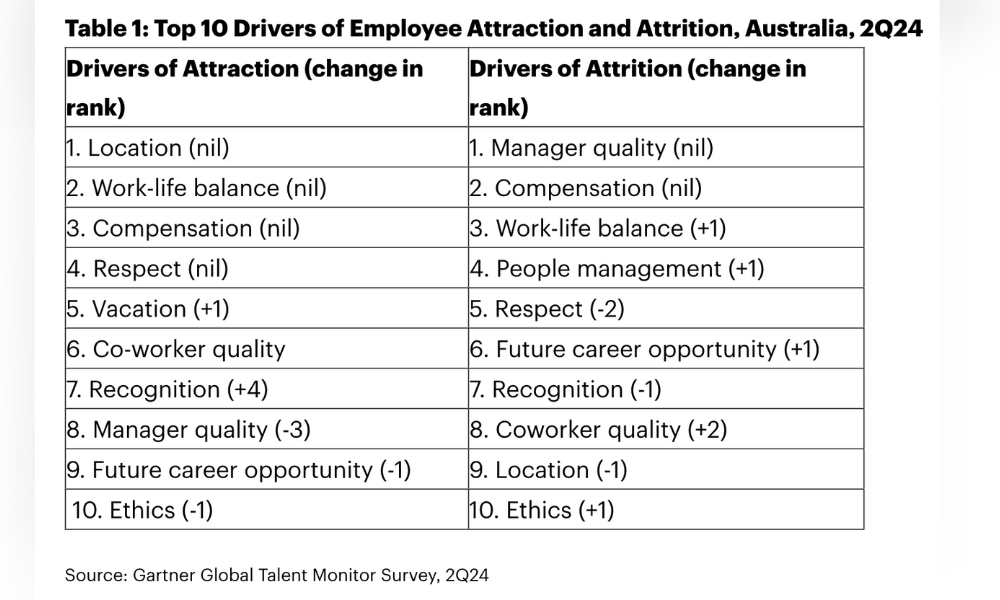
'Employees feel less encouraged to try new approaches to improve business results or challenge the status quo'

Employees in Australia no longer believe their work environment is innovative, according to a new Gartner report, which warned of the potential consequences for business performance.
Gartner's latest Global Talent Monitor, which polled 855 employees in Australia, revealed that employee perceptions about how innovative their work environment is has reached an all-time low of 14% this quarter.
This is a drop of nearly 10% from the previous high of 24.5% in the third quarter of 2021.
Perceptions about organisational agility also declined to 18.8% in the second quarter of 2024, according to the report.
Organisational agility, as stated by Gartner, is based on whether a company is making changes to compete effectively, if the business adapts well to operational changes, and whether teams can easily adopt new ways of working.
"The pandemic fuelled workplace innovation and inspired employees to excel in a changed work environment, but employees now feel less encouraged to try new approaches to improve business results, or to challenge the status quo," said Aaron McEwan, Vice President, Research & Advisory in the Gartner HR practice, in a statement.
"When organisations fail to motivate employees to innovate, it's a fast-track to poor business performance."
In fact, the report found that the number of employees who consider themselves "highly" engaged remained at 22% in the second quarter.
Overall employee wellness also declined to 29.3%, another decline from the previous 31.1% in fourth quarter of 2023.
"This data serves as a valuable reference point to a workforce that is worn out and lacking motivation," McEwan said. "Unless leaders take action now and offer more opportunities for all employees to get involved and innovate, their engagement and discretionary effort will continue to decline, impacting deliverables and ultimately bottom-line results."
The report also found that intent to stay among employees slightly went down to 36.8% in the second quarter of 2024.
The top reasons for employee attrition include manager quality, compensation, as well as work-life balance. On the other hand, drivers of attraction include location, work-life balance, and compensation.

To inspire employees, McEwan said leadership must focus on balancing the need for operational excellence with introducing products, strategic business partnerships, and digital innovations that enable employees to drive.
"Leaders need to get back to basics, reconnect with their people and inspire them. This can be achieved through the quality of work on offer and by creating opportunities for purpose-led tasks," McEwan said.